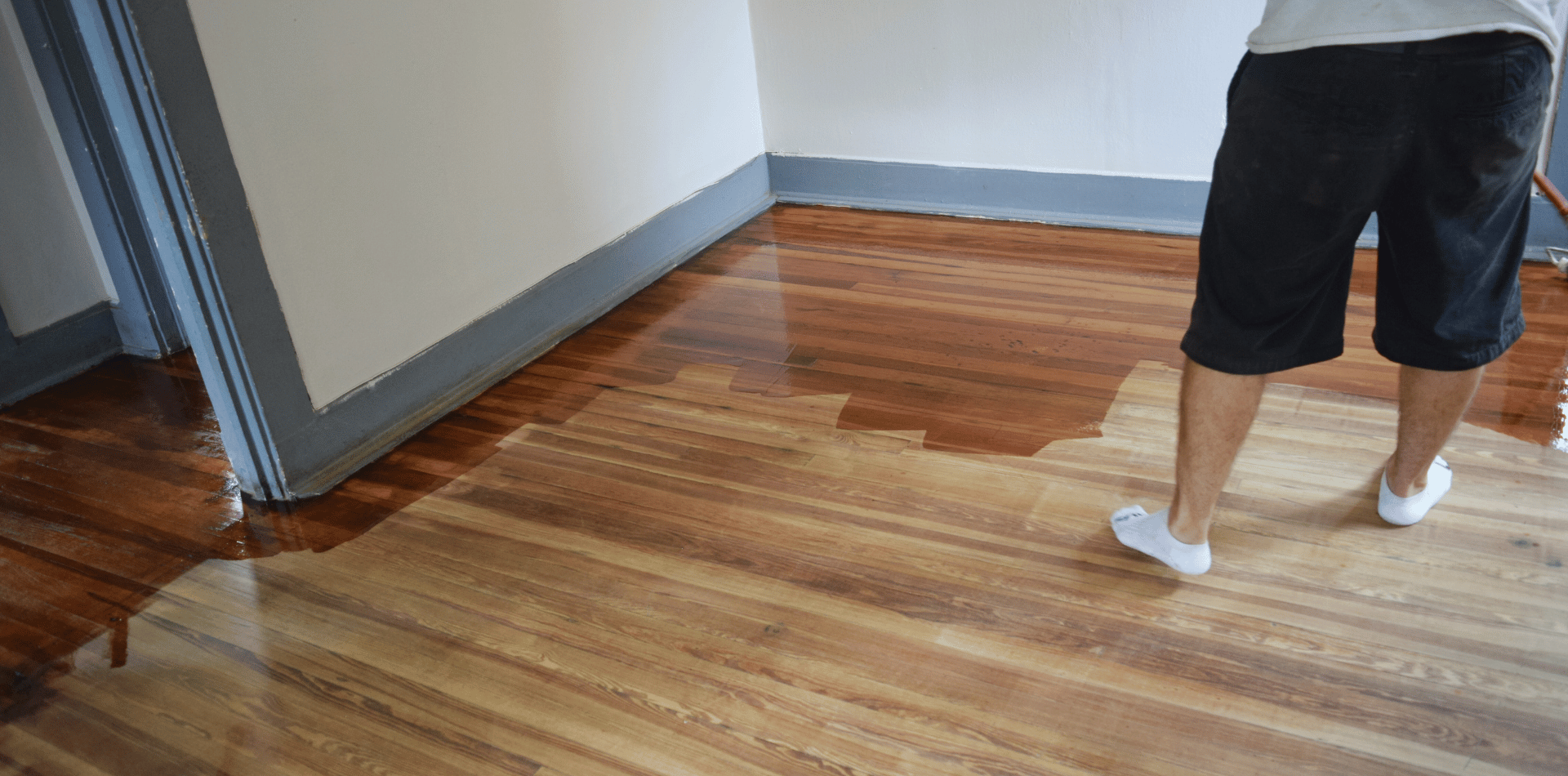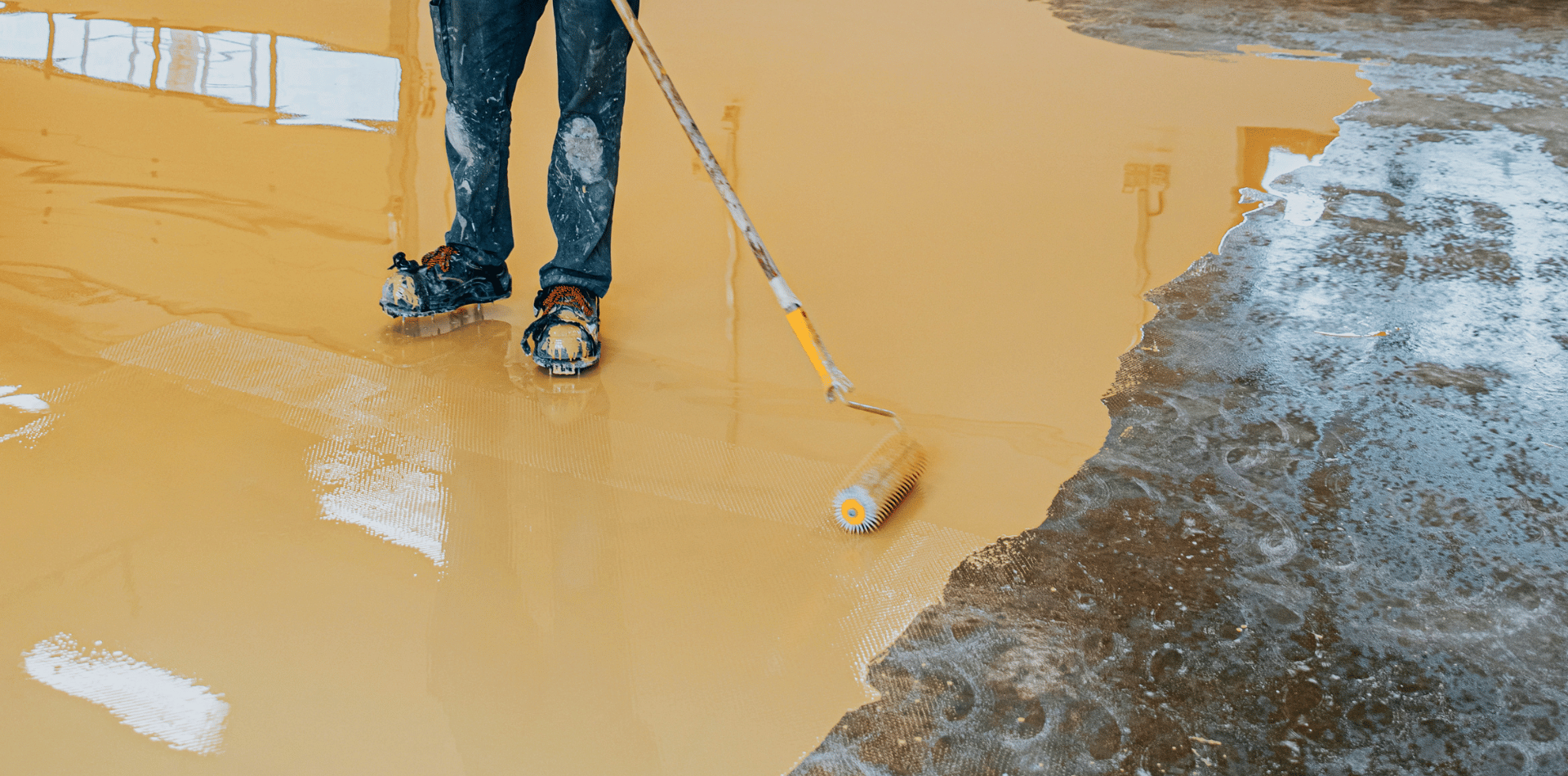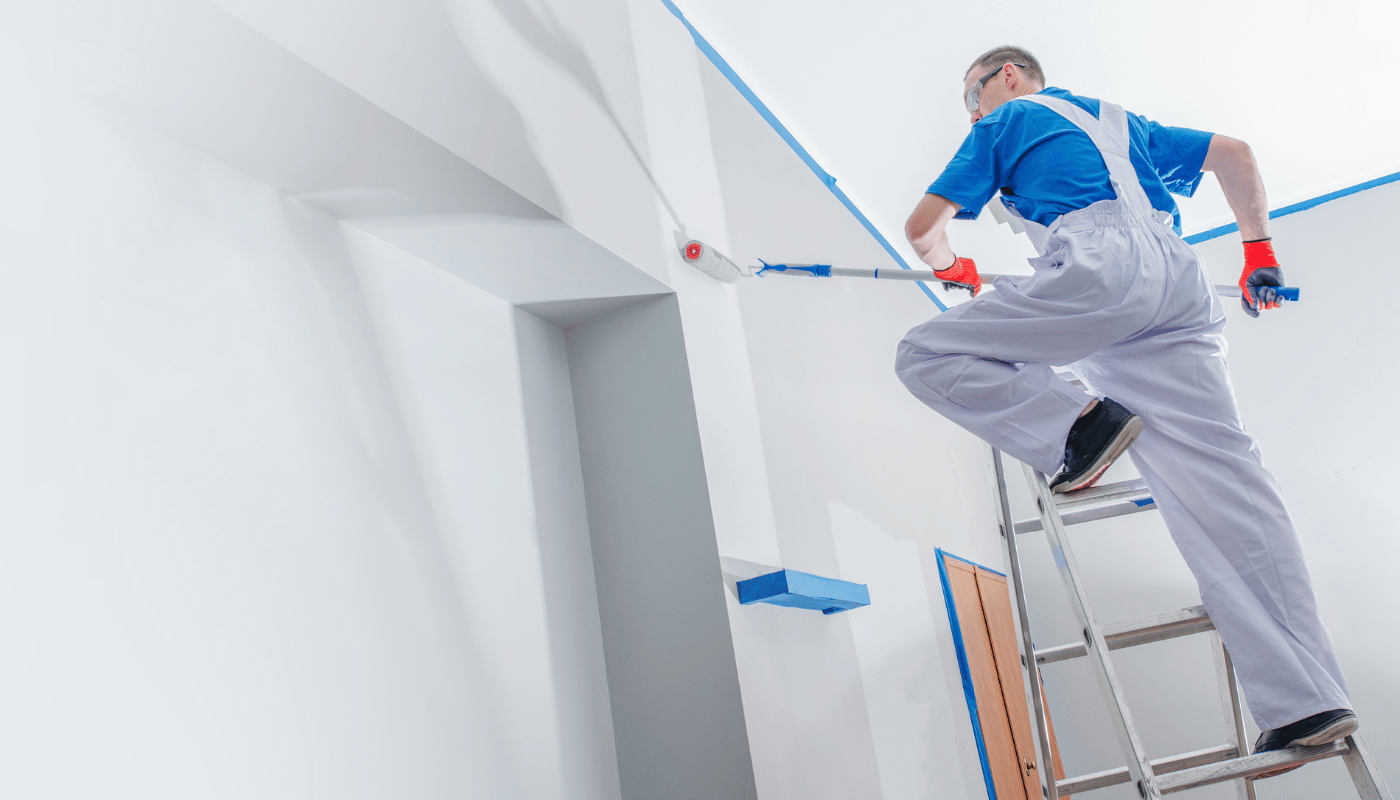Epoxy vs. Polyurethane Floors: What's the Difference?

When it comes to industrial and commercial flooring, the debate often boils down to epoxy vs. polyurethane floors.
But what exactly sets these two apart?
In various applications ranging from warehouses to commercial kitchens, the competition between epoxy and polyurethane flooring is fierce.
These are the go-to options for areas requiring high durability, chemical resistance, and aesthetic appeal.
We'll aim to shed light on these two prominent types of flooring by discussing their chemical makeup, installation processes, cost, durability, aesthetics, and environmental impact.
Importance of Choosing the Right Flooring
Choosing the right flooring doesn't just affect the look of a space; it also has implications for cost, durability, and functionality.
History and Background
Before delving into the specifics, it's important to understand the history and development of epoxy and polyurethane flooring.
History of Epoxy Flooring
Epoxy flooring made its debut in the early 20th century, originally used in industrial settings for its strong adhesive properties. Over time, its application expanded to residential and commercial spaces due to its durability and versatility.
History of Polyurethane Flooring
Similar to epoxy, polyurethane was initially used in industrial applications. Developed in the late 1930s, it found its way into everything from automobile parts to shoe soles before being utilised as a durable flooring option.
Chemical Composition and Properties
At the heart of the epoxy vs. polyurethane debate lies their distinct chemical compositions.
Epoxy: What Is It?
Epoxy is a thermosetting polymer formed from the reaction of an epoxide "resin" with polyamine "hardener."
When applied, epoxy floors usually come in two parts that are mixed together just before the application.
The chemical reaction forms a strong bond, making it an excellent adhesive.
Polyurethane: What Is It?
Polyurethane is also a polymer but differs from epoxy in its chemical structure.
Unlike epoxy, which needs to be mixed with a hardener, polyurethane is moisture-cured. Polyurethane forms through the reaction of a polyol with a diisocyanate or a polymeric isocyanate in the presence of suitable catalysts and additives.
Installation Process

Installation isn't just about laying down the material; it's a complex process that can influence your choice between epoxy and polyurethane.
Installation of Epoxy Flooring
The installation of epoxy flooring involves several steps, starting with surface preparation, which may include sandblasting or acid etching.
Once prepared, the two components are mixed and applied swiftly.
It then requires a curing time of at least 24 hours for pedestrian traffic and 48 hours for heavier traffic.
Installation of Polyurethane Flooring
Polyurethane application also starts with surface preparation but usually requires fewer layers than epoxy.
It's generally a faster installation process but needs the same amount of curing time as epoxy.
Cost Implications
Cost is often a deciding factor, so let's break down the numbers.
Initial Costs
Epoxy flooring tends to be less expensive initially.
However, the cost can increase based on the complexity of the installation and the type of epoxy used.
Long-term Costs
While epoxy may be cheaper upfront, polyurethane often proves more cost-effective in the long run due to its higher durability and lower maintenance needs.
Durability and Maintenance
A floor is only as good as its ability to withstand wear and tear.
Durability of Epoxy Floors
Epoxy is highly durable and resistant to various chemicals.
It can withstand heavy machinery and high foot traffic, making it a popular choice for industrial settings.
Durability of Polyurethane Floors
Polyurethane offers superior scratch resistance and can withstand more natural wear and tear compared to epoxy. This makes it a strong candidate for commercial and even residential use.
Maintenance Requirements
Both types require minimal maintenance.
Epoxy floors can be easily cleaned with water and mild detergent, while polyurethane floors typically require just a simple sweep and mop.
Aesthetic Factors
Beyond functionality, the appearance of your floor plays a crucial role in setting the ambiance.
Aesthetic Options for Epoxy
Epoxy offers a wide variety of colour and pattern options, allowing you to customise the look entirely. It also provides various sheens from matte to high gloss.
Aesthetic Options for Polyurethane
Polyurethane also offers a range of colours but is generally more limited in patterns.
It provides a more natural look, resembling stone or wood, and offers various sheens.
Environmental Considerations
In today's environmentally conscious world, the ecological impact of your flooring choice can't be ignored.
Epoxy and the Environment
Epoxy flooring often contains VOCs (Volatile Organic Compounds), although low-VOC options are available.
Recycling options for epoxy are somewhat limited.
Polyurethane and the Environment
Polyurethane generally has fewer VOCs and can be more easily recycled, making it a somewhat greener option.
As we've seen, the choice between epoxy and polyurethane floors depends on a variety of factors, each with its own set of pros and cons.
Summary of Key Points
Epoxy excels in environments requiring high durability and chemical resistance but may involve a more complicated installation process.
On the other hand, polyurethane offers natural aesthetics and can be more cost-effective in the long run.
Final Thoughts
If you prioritise durability and customisation, epoxy could be the right choice for you.
However, if you're looking for a more natural aesthetic with similar durability, polyurethane might be your best option.
FAQ Section
What is easier to install, epoxy or polyurethane?
Polyurethane is generally easier and faster to install compared to epoxy, which requires more layers and preparation.
Can I use both epoxy and polyurethane?
Yes, you can use an epoxy base with a polyurethane topcoat to get the best of both worlds.
Which is more scratch-resistant?
Polyurethane is more scratch-resistant than epoxy.
What are the long-term maintenance costs?
Both epoxy and polyurethane require minimal maintenance. However, polyurethane often lasts longer and may not require re-coating or refinishing as frequently as epoxy.
Which one is more environmentally friendly?
Polyurethane is generally more environmentally friendly due to fewer VOCs and better recyclability.
This article offers a comprehensive guide that should help you make an informed decision on whether to opt for epoxy or polyurethane flooring for your specific needs.
The choice, as always, is yours, but now you're equipped with the knowledge to make it wisely.





